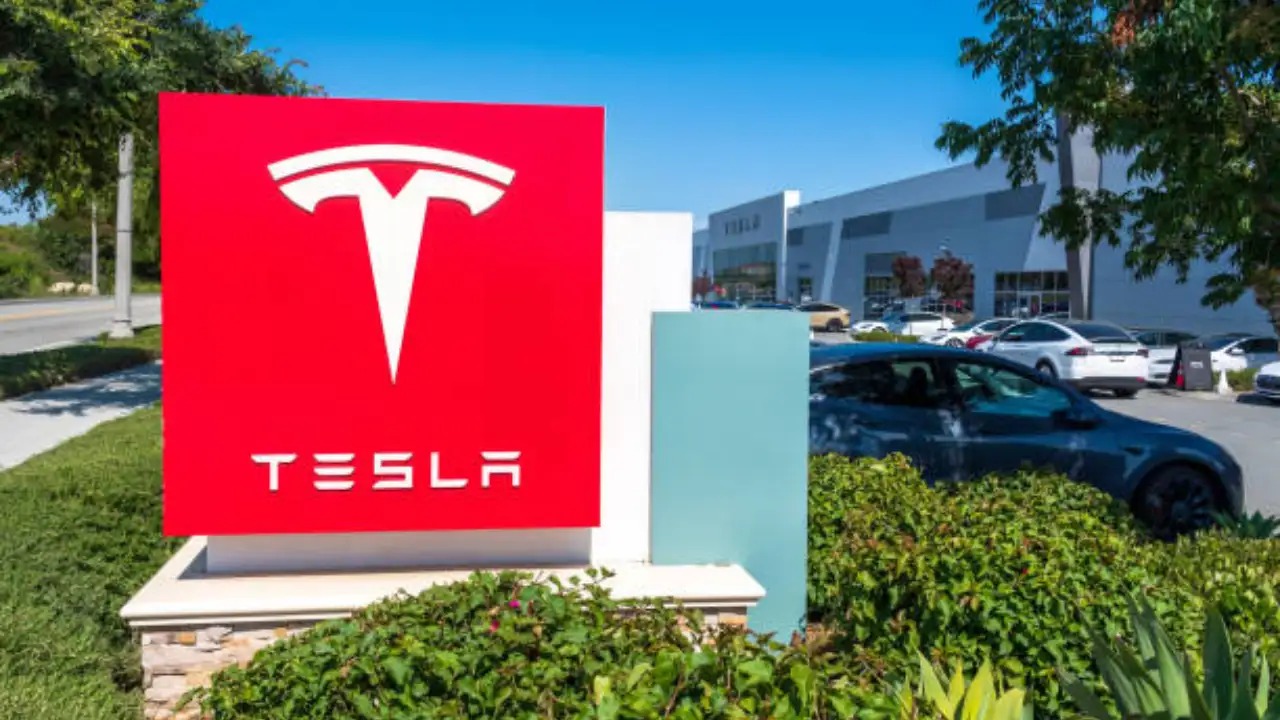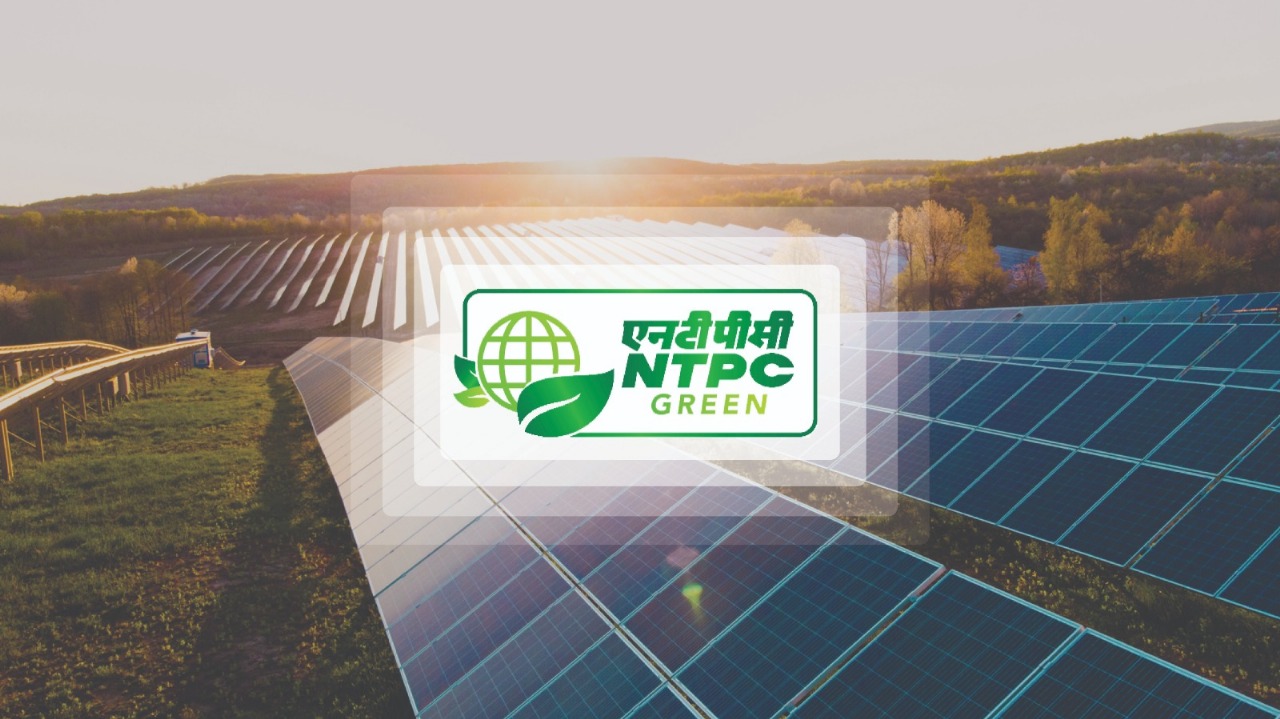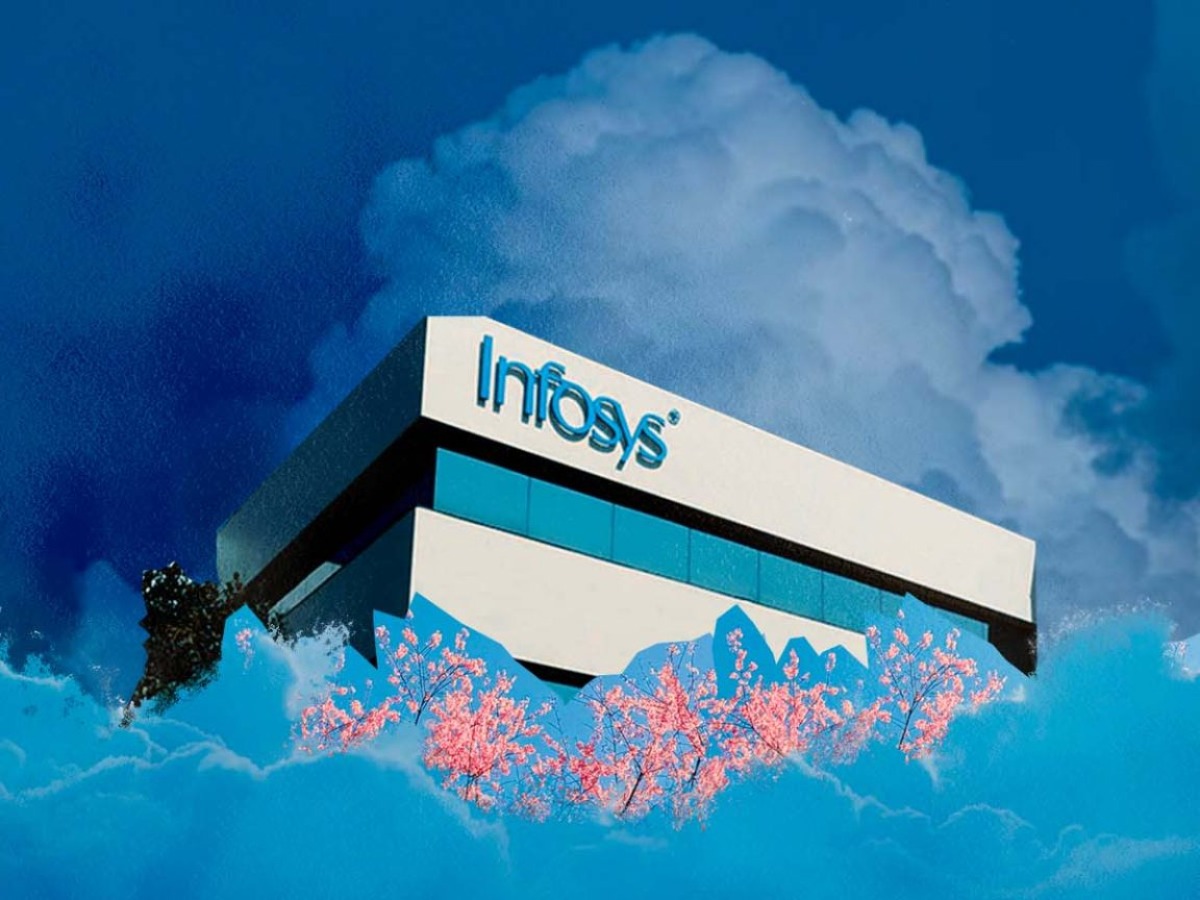Tesla’s much-anticipated entry into the Indian electric vehicle (EV) market has begun making waves with its first showroom launch in Mumbai followed by a second one in New Delhi. This milestone marks a significant development for both Tesla and India’s nascent EV ecosystem. However, the journey ahead is filled with unique challenges and opportunities that will determine how Tesla navigates the complex and price-sensitive Indian market.
Key Highlights of Tesla’s India Arrival
Tesla officially opened its first Indian showroom in Mumbai’s upscale Bandra Kurla Complex (BKC) in July 2025, followed by the opening of a second Experience Centre in New Delhi’s Aerocity in August 2025.
The initial product offering in India is the premium midsize electric SUV, Model Y, available in two variants—Rear-Wheel Drive and Long Range Rear-Wheel Drive—with prices starting near INR 60 lakh.
Introduced features include Tesla’s signature minimalist design, impressive driving range (up to 622 km for the long-range variant), advanced driver-assistance technology (Full Self-Driving available at an extra cost), and access to Tesla’s growing network of supercharging stations.
Tesla has already established India’s first Supercharger station in Mumbai and plans to expand charging infrastructure across Mumbai, Delhi, Gurugram, Noida, and surrounding areas.
Deliveries and registrations for Model Y have begun in metro cities, with expectations of ramping up as Tesla expands its retail and service network.
Tesla faces one of the highest import tariffs globally—up to around 70% on completely built units (CBUs)—leading to premium pricing that exceeds many local market expectations.
Ongoing negotiations with the Indian government focus on local assembly or manufacturing to reduce costs in alignment with India’s “Make in India” policy and EV incentives framework.
India’s EV market is growing rapidly with a rising share of electric passenger vehicles, though it remains price-sensitive and dominated by two-wheelers and more affordable EV models.
Tesla’s Strategic Positioning in India
Tesla’s entry into India is not merely a market launch but a strategic move that has been a decade in the making due to regulatory, tariff, and infrastructural hurdles. The company has chosen to debut with the Model Y, positioning itself in the luxury electric SUV segment—signaling it aims to capture the premium end of the rapidly expanding EV customer base.
By opening experience centers rather than just showrooms, Tesla is focusing on building a brand and customer experience that underscores innovation, technology adoption, and aspirational value. Indian consumers now get the opportunity to test drive, customize, and order vehicles from Tesla’s stores directly, which helps establish a stronger foothold.
Challenges Tesla Must Overcome
Tesla’s high prices remain a major challenge due to steep import duties, placing its vehicles out of reach for most average Indian consumers. The local competition from brands like Tata Motors, MG, and others offering more affordable EV alternatives may restrict Tesla’s market penetration initially.
Infrastructure development, particularly fast-charging networks, is critical for Tesla’s success but is still in early stages in India. Tesla’s ongoing rollout of superchargers in metro hubs is a positive step but a comprehensive pan-Indian charging ecosystem is needed for wider adoption.
Furthermore, Tesla has to navigate India’s complex regulatory environment and adapt to local consumer preferences, which tend to be different from Western markets where Tesla has traditionally been strong. The government’s insistence on local manufacturing for tax benefits puts pressure on Tesla to invest significantly in India’s domestic automobile ecosystem.
Opportunities for Tesla’s Road Ahead in India
Despite the hurdles, India presents Tesla with a high-growth opportunity as the country is aggressively promoting electric mobility to reduce pollution and dependency on fossil fuels. The government’s target to achieve 30% electric vehicle penetration by 2030 aligns well with Tesla’s global green vision.
Tesla’s strong global brand recognition and technological edge position it to shape consumer expectations in India and inspire competition that can elevate the industry standards. If Tesla succeeds in local sourcing or assembly, it can gradually unlock pricing advantages and cater to a broader segment, potentially partnering with India’s growing EV supply chain.
The expanding middle and upper-middle-class urban population, increasing environmental awareness, and government incentives will support demand for premium EV models in the coming years. Tesla’s innovation in battery technology and autonomous driving features can differentiate it in a crowded marketplace.
Final Thoughts
Tesla’s official entry into India is a landmark event fueling excitement in the country’s electric vehicle landscape, but it is just the beginning of a complex journey. The brand’s success will depend on how effectively it balances premium aspirations with Indian market realities, accelerates local infrastructure, and negotiates government policies aimed at incentivizing domestic EV production.
Monitoring Tesla’s progress in these areas will reveal whether it can truly navigate the challenging Indian road ahead and drive the future of electric mobility in one of the world’s most promising auto markets.
Sources: Times of India, NDTV, Al Jazeera, Euronews, Ackodrive, CarWale, Spherical Insights & Consulting







